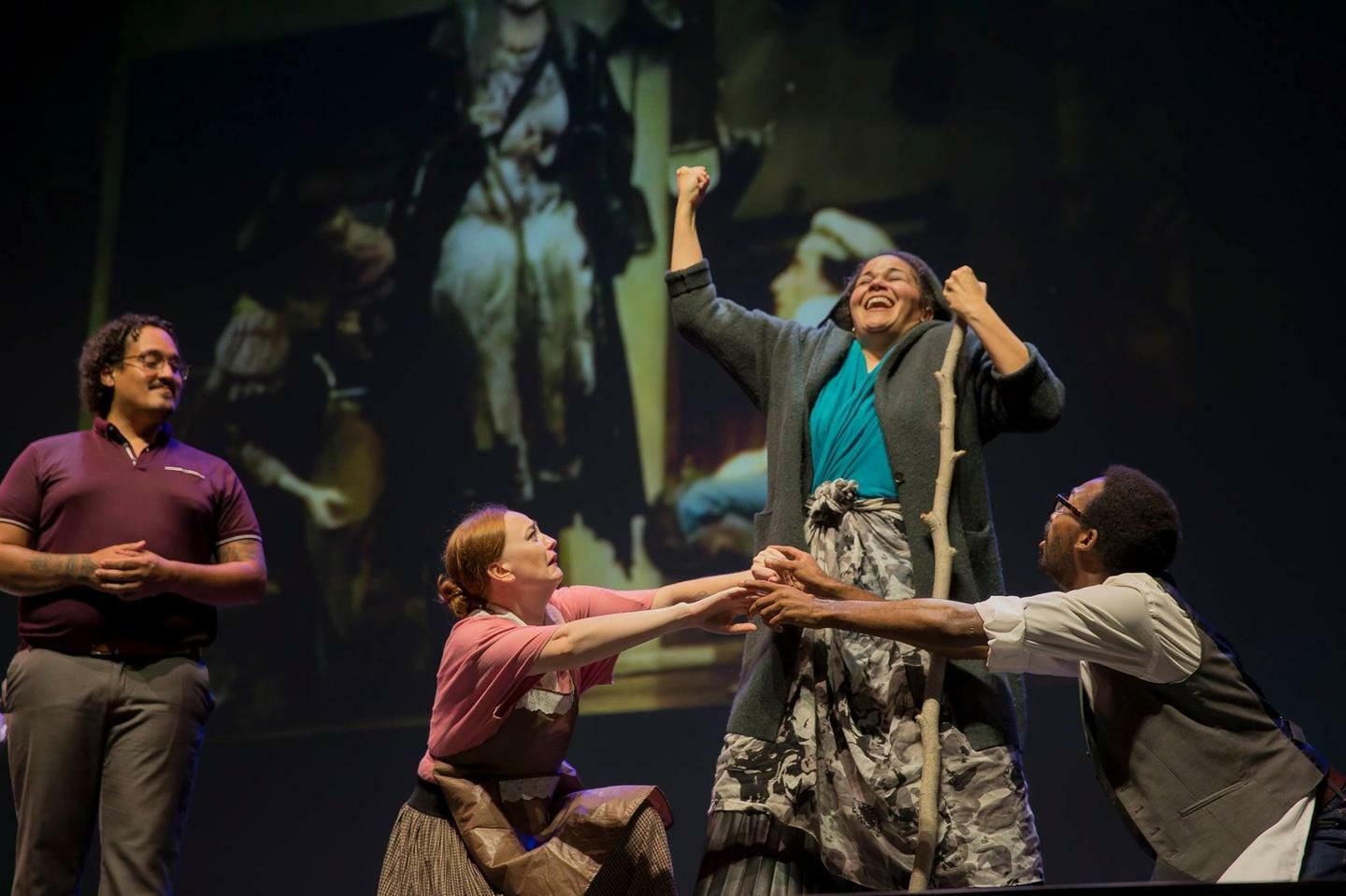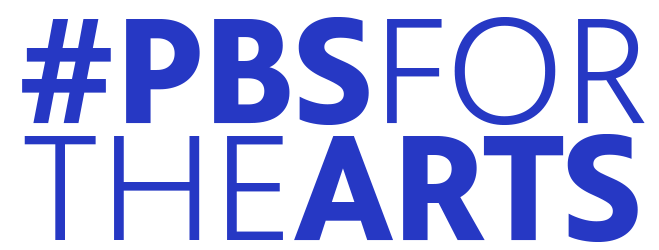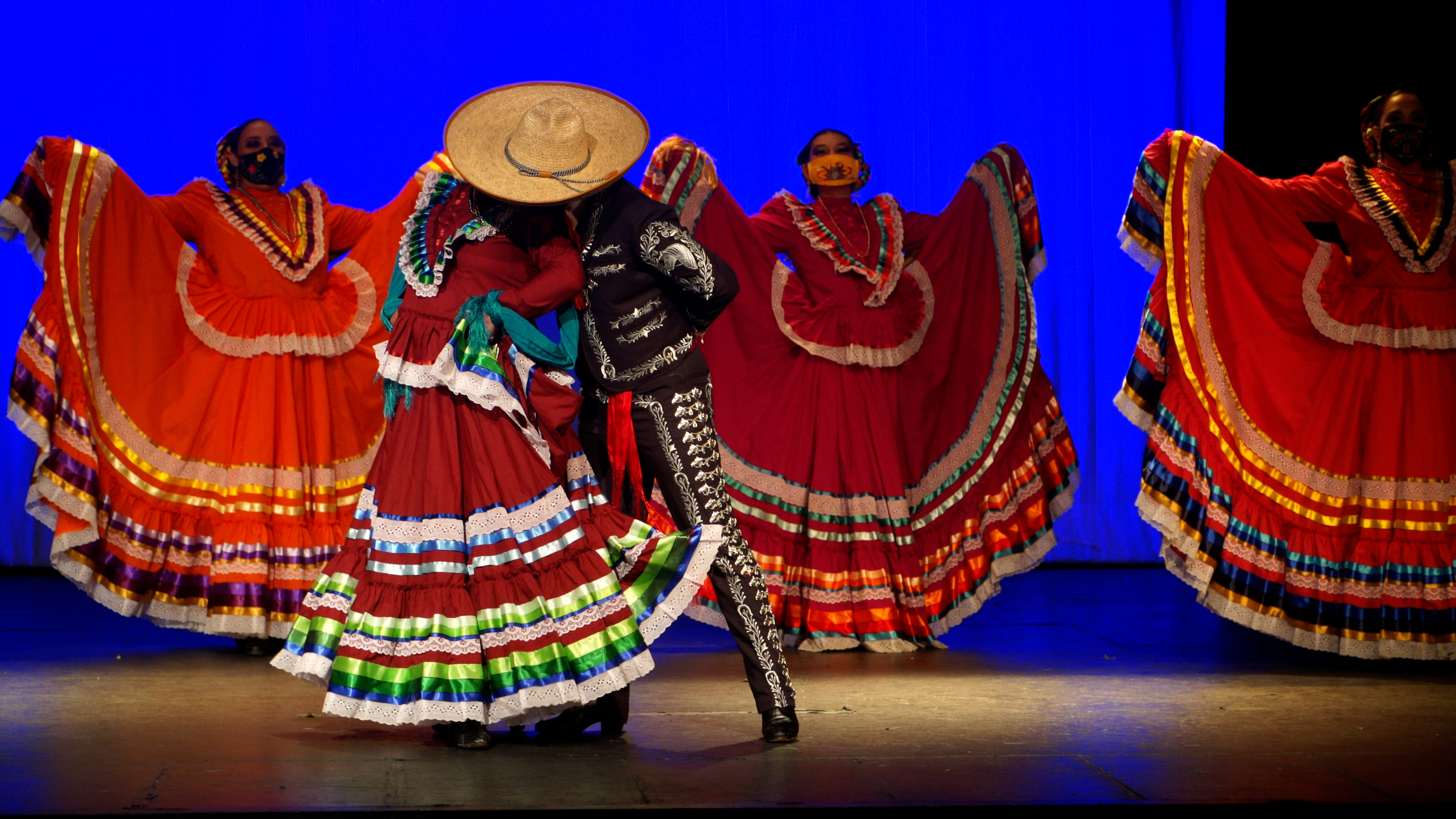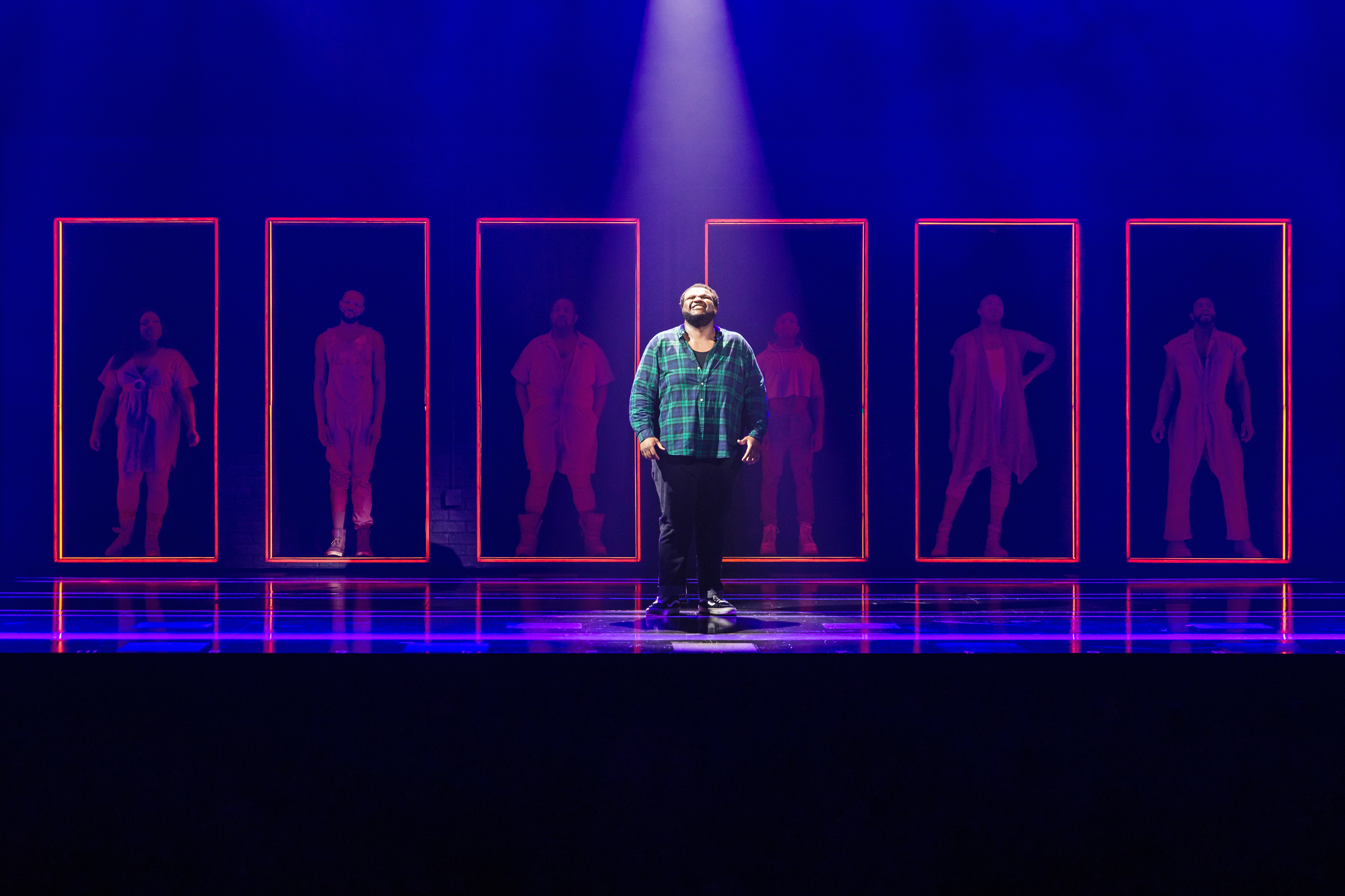Alexandria Wailes returned to directing Artistic Sign Language, for theatrical productions with My Onliness, an experimental musical that premiered at the New Ohio Theatre’s Ice Factory this past summer. As the Director of Artistic Sign Language (DASL), she researches and borrows signs from around the world in order for the language to match the artistic setting. As an actor, she performed in Deaf Broadway’s Into the Woods, the company’s first in-person performance on the grounds of Lincoln Center in September 2021, as part of Restart Stages, the city’s return to live performance.
The Hollywood Reporter hailed the production as a new way to open up accessible theater to all audiences. “Broadway has yet to really accomplish productions completely in American Sign Language (ASL) with a fluently bilingual cast and creatives,” Wailes told the magazine. Wailes was also featured as the American Sign Language actor for Helen Keller’s words in American Masters’ Becoming Helen Keller. In an interview with #PBSForTheArts, Wailes describes her process as an ASL director and what inspires her work today.

What has it been like performing with Deaf Broadway’s production at Lincoln Center?
This was my first time back on stage since December 2019. The stage has always felt like 'home' for me. I was very moved and grateful to return and with an incredible and exceptional group of artists in various points of their acting careers. Not going to sugarcoat as it was also very warm especially with all the layers I had on: wool, synthetic leather, polyester to name a few. However, to be able to participate in Lincoln Center's Restart Stages and perform outdoors on the grounds of Lincoln Center is definitely an honor.
How was the production at the New Ohio Theatre of My Onliness this summer different from others you have worked on? Did the safety measures limit anything?
I think what was exciting about this show and working with [director] Daniel Irizarry and the incredible company of artists is how much chaos was allowed within the parameters of pure form. That was definitely part of the excitement, that freedom, the danger and the trust to allow for it all to happen within this space. Safety measures were taken into serious consideration and we all were transparent with our personal level of comfort in sharing a black box theater space together.

What is it like to produce in-person and with a live audience in mind?
In this show, I was part of the creative team as the DASL [Director of Artistic Sign Language]. I recognize my privilege in the past year and half of having access to virtual platforms for creative work. It was an adjustment to our collective existence and for many of us, we made it work and despite the struggles that existed. However, nothing beats being able to see a fellow artist react, in person. To feel the energies from each other and audiences. To acknowledge the power of storytelling on a stage and breaking the fourth wall in person. It's exhilarating! Everything happens in real time without the separation of a computer screen.
There is definitely an advantage to working virtually as so many of us who live thousands of miles away, could connect and be creative together. Many of us hope that to some degree, this continues since there is so much talent all over, but many factors do get in the way. Geography, lack of local opportunities and how expensive, inaccessible or infrequent much of the education or training in performing arts for d/Deaf artists are.
How have you been able to stay motivated as an artist in the past year?
I think after the initial and prolonged shock and grief of theater artists not being able to convene in person, I took the time to start writing short plays. I am so fortunate to know many incredible artists and creatives who were equally hungry to create projects together and we used Zoom to connect with each other. As a Deaf person and as an artist, the concept of community is huge. Out of necessity, we found ways to be together, despite being forced to be apart and this sparked a wellspring of projects, Zoom fatigue and all.
Who are some of the artists who inspire your work?
Sometimes I get my source of inspiration from nature, the thoughts of a writer, a painting or sculpture or photograph, the unknown person across the way in a subway car and my friends. [For their] exploration of dynamic energy tension, I would start with Pina Bausch, Pedro Almodóvar, Alexander McQueen, Marina Abramović, Alvin Ailey, Alice Sheppard, Yola Rozynek, Camille A. Brown and Christine Sun Kim to name a few.
I also work with incredible artists on an ongoing basis where they astound me with their spirit of creative collaboration and their brilliance. My role models who taught me the ropes of DASL work were Phyllis Frelich, Mike Lamitola, Linda Bove [from the PBS children’s series Sesame Street] and Freda Norman. Monique 'MoMo' Holt and her theater cohorts in Washington D.C. came up with the position title of DASL.
Support your local PBS station in our mission to inspire, enrich, and educate.
Can you tell me about your process and how you typically on a production like My Onliness?
The basic format begins with learning what the project is and scope of work that needs to be explored. Gaining a better understanding of the timeline and the logistics of communications in a bilingual/trilingual setting. If the creatives and artists already are fluent in ASL, the work I do is more collaborative with them. If there are new signers or never signed before artists, then it becomes determining and teaching sign choices that honor the world of the project.
In both cases, there is some dramaturg work involved as era, geographical location, gender and cultural differences are considered. Also taken into consideration is how hearing and d/Deaf characters would communicate depending upon varying degrees of fluency, relationship, etc. I use my background in dance to support the mindful practice of how to self-care the body since signing does become very physical, especially through intense emotions.
In addition to this work, I frequently work with the behind the scenes interpreting team, the stage management team, front of house manager and the producers on best practices and what needs to happen from an access standpoint for ASL interpreting. My DASL work involves highly creative as well as concrete and practical aspects towards the final product. It is multiple jobs absorbed by one person.
The production had the incredible Amelia Hensley and Dickie Hearts on board performing/elevating the roles of Mediums. They both are astounding artists and through the My Onliness collaboration, contributed to the source material. It was all experimental from start to finish. We know that the next time we find ourselves in the My Onliness world, we will finesse what worked well and continue to develop further what we ran out of time to do.

The best of PBS, straight to your inbox.
Be the first to know about what to watch, exclusive previews, and updates from PBS.



